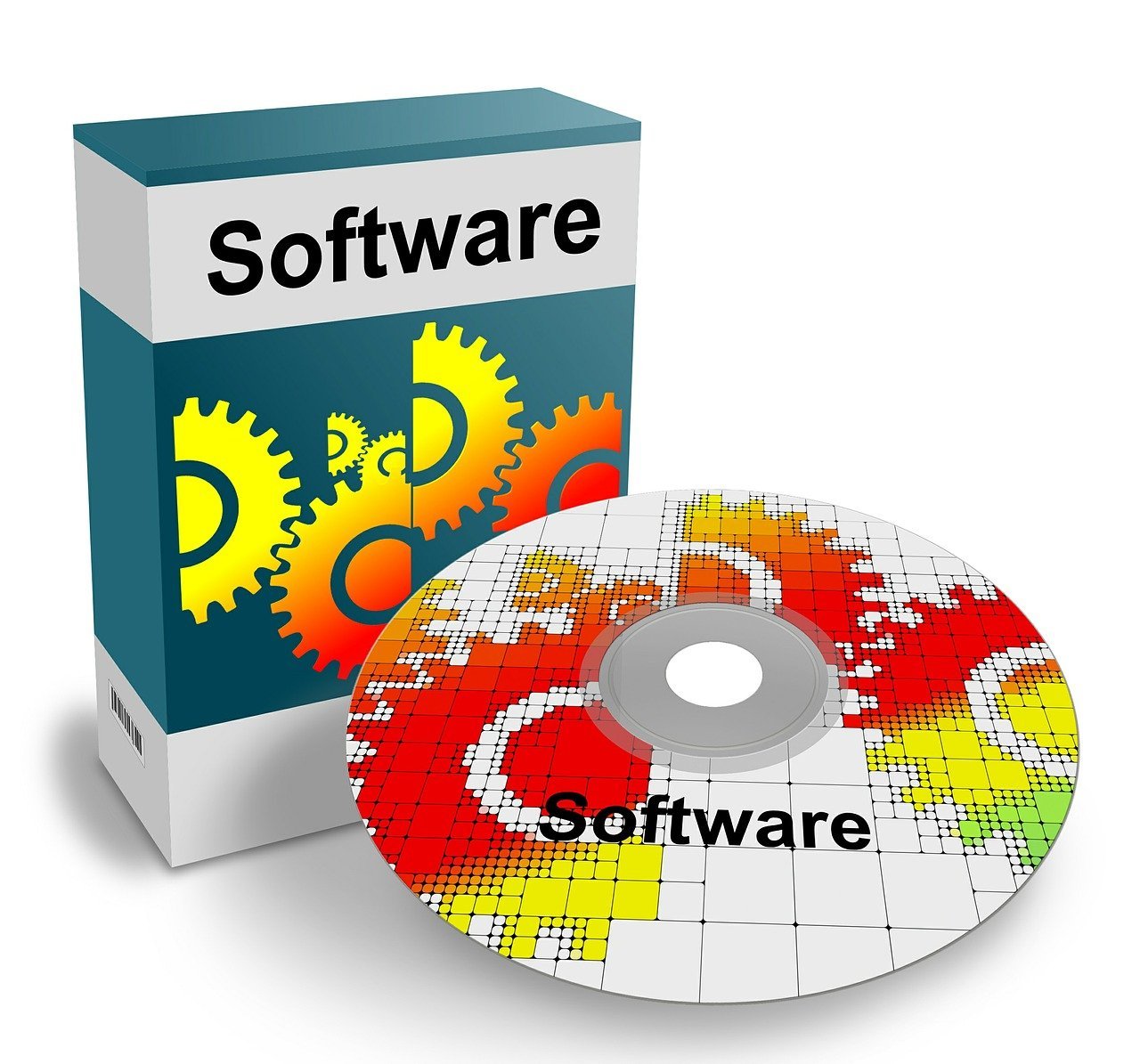1.Software Development Life Cycle (SDLC)
2.Software Testing Life Cycle (STLC)
3.Bug Life Cycle in Software Development
1. Software Development Life Cycle (SDLC)
In the dynamic realm of software development, the Software Development Life Cycle (SDLC) stands as a guiding framework that ensures the systematic creation, testing, deployment, and maintenance of software applications. This structured approach helps teams deliver high-quality products on time and within budget, meeting the ever-evolving demands of end-users and stakeholders. In this article, we will explore the key stages of SDLC, providing insights into each phase’s significance and best practices.
1. Planning:
The journey begins with meticulous planning. Project goals, scope, and objectives are defined, and stakeholders’ input is gathered to shape the vision. The feasibility of the project is evaluated, considering factors such as budget constraints, timelines, and available resources. A comprehensive project plan is crafted, outlining tasks, milestones, and a roadmap for successful execution.
2. Analysis:
In the analysis phase, the focus shifts to understanding and documenting the requirements. Stakeholders’ needs are scrutinized, and a functional specification or requirements document is created. This phase also involves a risk analysis, identifying potential challenges and devising strategies to mitigate them. The clearer the requirements, the smoother the subsequent phases unfold.
3. Design:
Armed with a thorough understanding of requirements, the design phase kicks in. Here, the system architecture is meticulously crafted, encompassing high-level and low-level design documents. Data structures, interfaces, algorithms, and considerations for security and scalability are defined. A robust design sets the stage for efficient implementation.
4. Implementation (Coding):
The implementation phase, often referred to as coding, is where the blueprint takes shape. Developers bring the design to life by writing the source code, adhering to coding standards and best practices. Version control systems come into play to manage code changes, and regular code reviews ensure quality. This phase transforms concepts into a tangible product.
5. Testing:
Testing is a critical stage where the software’s mettle is put to the test. Various levels of testing, including unit, integration, system, and acceptance testing, are conducted. Bugs and issues are identified and resolved, ensuring that the software aligns with the specified requirements. A thorough testing phase is essential for delivering a reliable and error-free product.
6. Deployment:
With testing successfully completed, the software is ready for deployment. Installation, configuration, and data migration are carried out as needed. This phase requires meticulous planning and monitoring to ensure a seamless transition from the development environment to the production environment. The software is now accessible to end-users.
7. Maintenance and Support:
Post-deployment, the maintenance and support phase begins. Issues or bugs that arise in the production environment are promptly addressed. Updates and enhancements are made based on user feedback and changing requirements. Ongoing support is provided to ensure the software’s longevity and user satisfaction.
8. Iteration/Feedback:
The SDLC doesn’t conclude with deployment; instead, it loops back to planning for future improvements or versions. Gathering feedback from users and stakeholders is crucial. Evaluating the project’s success against initial goals provides insights for future iterations. This iterative nature ensures continuous improvement and adaptability to changing needs.
Choosing the Right Path:
While the core principles of SDLC remain consistent, various methodologies, such as Waterfall, Agile, and DevOps, offer different approaches to managing the software development process. Organizations choose methodologies based on project characteristics, team dynamics, and preferences.
In conclusion, the Software Development Life Cycle is a compass for navigating the complex landscape of software development. Its structured approach ensures that software projects unfold with precision, delivering solutions that not only meet but exceed expectations. Embracing the principles of SDLC empowers development teams to innovate, adapt, and create software that stands the test of time.
2.Demystifying Software Testing Life Cycle (STLC): A Comprehensive Guide
Demystifying Software Testing Life Cycle (STLC): A Comprehensive Guide
In the realm of software development, ensuring that a product meets high-quality standards is paramount. Enter the Software Testing Life Cycle (STLC), a systematic process that ensures software is thoroughly tested, refined, and polished before it reaches the hands of end-users. Let’s embark on a journey through the key stages of STLC, demystifying its complexities and highlighting its significance.
1. Requirement Analysis – Setting the Testing Foundation
The journey begins with a deep dive into understanding the software’s requirements. Testers work closely with stakeholders to grasp the functionalities and features expected from the software. This phase sets the testing foundation by defining what needs to be tested and establishing criteria for success.
2. Test Planning – Charting the Testing Course
Once armed with a clear understanding of the requirements, it’s time to chart the testing course. Test planning involves developing a strategy for testing, outlining test objectives, scope, resources, schedule, and deliverables. Think of it as creating a roadmap that guides the testing team through the upcoming stages.
3. Test Case Development – Crafting a Testing Blueprint
In the test case development phase, testers create detailed test cases based on the requirements. Test cases outline specific steps to be executed during testing, covering various scenarios to ensure comprehensive coverage. It’s akin to crafting a detailed blueprint that serves as a guide for the testing team’s activities.
4. Environment Setup – Preparing the Testing Playground
Just as a game requires a suitable environment to be enjoyed, testing requires a well-prepared testing environment. This involves setting up the necessary hardware, software, configurations, and test data to replicate real-world conditions. A carefully prepared testing playground ensures accurate and reliable test results.
5. Test Execution – The Testing Odyssey Begins
With the testing environment in place, the actual testing phase, or test execution, begins. Testers execute the planned test cases, interacting with the software to identify bugs, errors, or unexpected behavior. It’s comparable to embarking on an exciting journey where each interaction with the software reveals its strengths and weaknesses.
6. Defect Reporting – Documenting Software Imperfections
When issues are encountered during testing, testers document them in detail. Defect reporting involves creating comprehensive reports that specify the problem, its impact, and the steps to reproduce it. This information is crucial for developers to understand and rectify the issues identified during testing.
7. Retesting and Regression Testing – Ensuring Stability
After developers address reported defects, the software undergoes retesting to verify that the fixes were successful. Additionally, regression testing is performed to ensure that changes haven’t unintentionally introduced new issues in other parts of the software. It’s a meticulous process to guarantee the overall stability and reliability of the software.
8. Test Closure – Reflecting on the Testing Journey
As the testing phase concludes, the testing team conducts a thorough evaluation in the test closure phase. They assess whether testing objectives were met, review test artifacts, and document the overall testing experience. It’s akin to reflecting on a journey, extracting insights and lessons learned to enhance future testing endeavors.
Conclusion: Ensuring Software Excellence with STLC
In essence, the Software Testing Life Cycle (STLC) is the unsung hero in the software development process. It ensures that software undergoes rigorous examination, refinement, and validation, ultimately delivering a product that meets or exceeds user expectations. By navigating through the stages of STLC with precision and diligence, testing teams contribute significantly to the overall success and reliability of software applications. As the software landscape continues to evolve, embracing a robust STLC becomes indispensable for organizations committed to delivering high-quality, dependable software solutions.
3.Bug Life Cycle in Software Development
Bug Life Cycle in Software Development
In the intricate landscape of software development, the Bug Life Cycle stands as a crucial framework for managing and resolving issues identified during testing or post-deployment. This technical exploration delves into the detailed stages of the Bug Life Cycle, elucidating the processes involved in identifying, addressing, and verifying bugs within a software system.
1. New: Bug Identification
The initiation of the Bug Life Cycle begins with the identification of a potential anomaly in the software, often discovered during the testing phase. Testers meticulously document the issue, providing a comprehensive account that includes details on the steps to reproduce the bug, the expected behavior, and the observed behavior. This “New” status signifies the entry of the bug into the system.
2. Open: Bug Logging and Acknowledgment
The bug is officially logged into a bug tracking system, transitioning to the “Open” status. During this phase, the development team acknowledges the existence of the reported bug. The bug becomes a tangible item on the agenda for resolution, and its details are made available for further investigation.
3. Assign: Developer Responsibility
Upon entering the “Open” status, the bug is assigned to a specific developer or development team. The assignment process designates responsibility for investigating, understanding, and ultimately fixing the reported issue. Assigning the bug ensures a clear line of ownership in the development workflow.
4. Test: Verification of Bug Fixes
Following the developer’s resolution efforts, the bug moves into the “Test” phase. Testers meticulously verify the efficacy of the fix through retesting. This phase ensures that the reported issue is adequately addressed and that the implemented solution doesn’t introduce new problems. Automated testing tools may be employed to streamline and enhance the efficiency of the verification process.
5. Reopen: Iterative Bug Handling
In cases where the testing phase reveals that the reported issue persists or new problems are introduced, the bug may be “Reopened.” This iterative phase acknowledges the dynamic nature of software development, where solutions are refined through successive cycles of identification, resolution, and verification.
6. Duplicate: Identification of Repetitive Issues
Within the Bug Life Cycle, the “Duplicate” status is assigned when it’s determined that the reported bug is essentially a repetition of an existing issue. This status involves linking the duplicate bug to the original, consolidating efforts to resolve the primary concern.
7. Different Bug: Discovery of Unrelated Issues
While investigating or fixing one bug, developers or testers may uncover a different, unrelated issue. This is categorized as a “Different Bug.” It undergoes its own life cycle, starting from the “New” status and progressing through the various stages until resolution.
8. Close: Resolution and Documentation
The concluding phase of the Bug Life Cycle is the “Close” status, indicating the successful resolution of the reported issue. The bug report is updated with details of the fix, verification results, and any additional relevant information. This documentation serves as a record of the bug’s life cycle journey, contributing to insights for future debugging and development processes.
In the intricate dance between developers and testers, the Bug Life Cycle provides a structured approach to managing and resolving software imperfections. This technical exploration emphasizes the importance of systematic bug tracking, collaborative communication, and iterative refinement for delivering high-quality software solutions.



